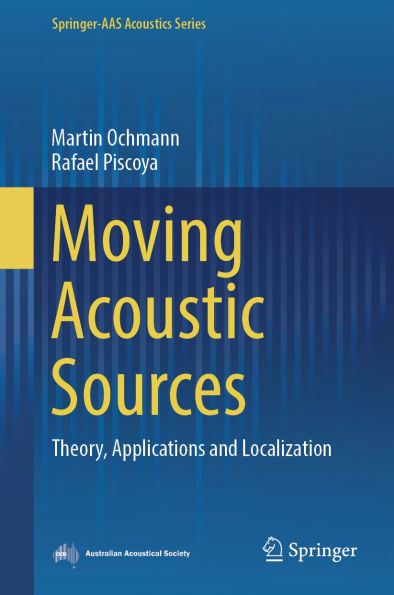This book highlights the mathematical, physical, and technical properties of moving acoustic sources. Authors consider point sources and infinite or finite line sources moving along various curves in three-dimensional space. After studying the general theory of such sources, the frequency spectrum and the associated Doppler shift are derived explicitly for different trajectories. The sound radiation in half-spaces with a locally reacting and homogeneous ground is investigated in detail based on the knowledge of closed-form solutions for the stationary impulse response. An important field of application is the localization of moving sources. Among other approaches, an equivalent source method in the time domain is used to develop an effective source localisation method. Important practical applications are explored with these techniques, e.g. the detection of noise sources from trains and airplanes.
The research results published in this book are mainly obtained within the three-year project “Localization and identification of moving noise sources” funded by the German Research Foundation.
This book highlights the mathematical, physical, and technical properties of moving acoustic sources. Authors consider point sources and infinite or finite line sources moving along various curves in three-dimensional space. After studying the general theory of such sources, the frequency spectrum and the associated Doppler shift are derived explicitly for different trajectories. The sound radiation in half-spaces with a locally reacting and homogeneous ground is investigated in detail based on the knowledge of closed-form solutions for the stationary impulse response. An important field of application is the localization of moving sources. Among other approaches, an equivalent source method in the time domain is used to develop an effective source localisation method. Important practical applications are explored with these techniques, e.g. the detection of noise sources from trains and airplanes.
The research results published in this book are mainly obtained within the three-year project “Localization and identification of moving noise sources” funded by the German Research Foundation.

Moving Acoustic Sources: Theory, Applications and Localization

Moving Acoustic Sources: Theory, Applications and Localization
Related collections and offers

Product Details
| ISBN-13: | 9789819608713 |
|---|---|
| Publisher: | Springer-Verlag New York, LLC |
| Publication date: | 05/30/2025 |
| Series: | Springer-AAS Acoustics Series |
| Sold by: | Barnes & Noble |
| Format: | eBook |
| File size: | 81 MB |
| Note: | This product may take a few minutes to download. |
